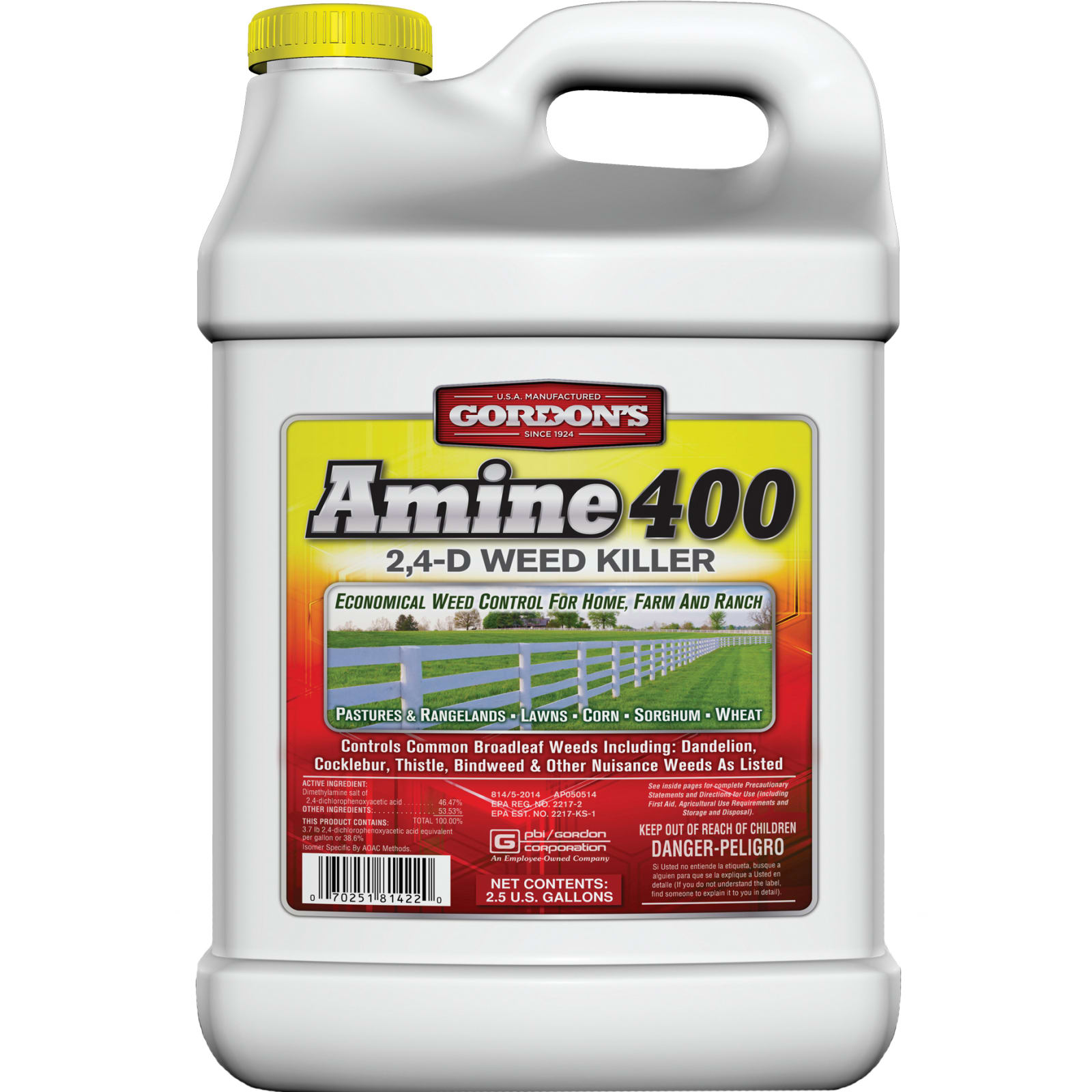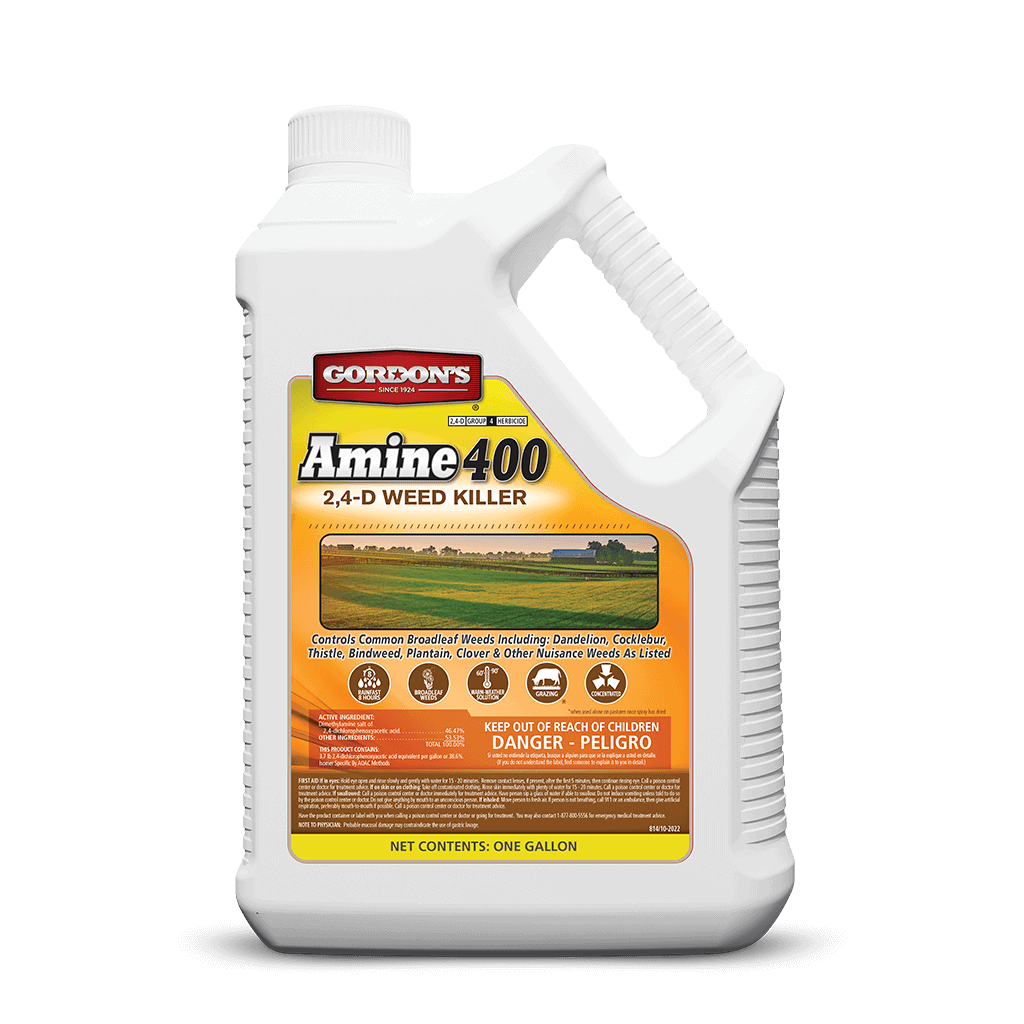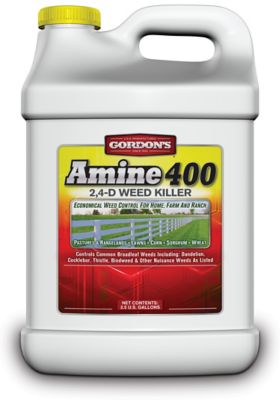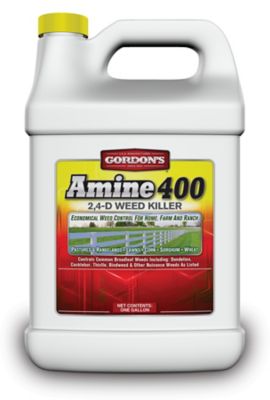Amine : The
Amine: The Basics
Amines are organic compounds that contain a nitrogen atom with a lone pair of electrons. This lone pair makes amines basic, meaning that they can donate a proton (H+) to another molecule. Amines are classified according to the number of alkyl or aromatic groups attached to the nitrogen atom:
- Primary amines have one alkyl or aromatic group attached to the nitrogen atom.
- Secondary amines have two alkyl or aromatic groups attached to the nitrogen atom.
- Tertiary amines have three alkyl or aromatic groups attached to the nitrogen atom.
Amines are found in a wide variety of substances, including:
- Ammonia (NH3)
- Ethylamine (CH3CH2NH2)
- Dimethylamine (CH3NHCH3)
- Triethylamine (N(CH3)3)
- Nicotine
- Morphine
- Codeine
Are you interested in learning more about Amine 400? Visit our website at Home Gardening for more information. Our website includes a comprehensive overview of Amine 400, as well as technical specifications, safety data sheets, and other resources. We also offer a variety of educational materials, including webinars, white papers, and case studies.
If you have any questions, please do not hesitate to contact us. We would be happy to answer any of your questions and help you find the information you need.
FAQ of amine 400
- What is Amine 400?
- Amine 400 is a high-performance liquid chromatography (HPLC) grade secondary amine. It is a clear, colorless liquid with a mild odor. Amine 400 is used as a mobile phase additive in HPLC analysis of a wide variety of compounds, including organic acids, amino acids, and peptides.
- What are the advantages of using Amine 400?
- Amine 400 has several advantages over other HPLC mobile phase additives, including:
- High purity: Amine 400 is highly pure, with a minimum purity of 99.9%. This ensures that your HPLC analysis results are accurate and reproducible.
- Low viscosity: Amine 400 has a low viscosity, which makes it easy to pump through HPLC columns. This can improve the separation efficiency of your analysis.
- Wide pH range: Amine 400 is stable over a wide pH range, from 2 to 12. This makes it a versatile mobile phase additive for a variety of HPLC applications.
- Amine 400 has several advantages over other HPLC mobile phase additives, including:
- How do I use Amine 400?
- Amine 400 is typically used as a 0.1% to 1% solution in water or buffer. The exact concentration of Amine 400 that you use will depend on the specific compounds that you are analyzing.
- To prepare a solution of Amine 400, simply add the desired amount of Amine 400 to water or buffer. Stir or shake the solution until it is completely dissolved.
- Amine 400 solutions should be stored in a cool, dark place. They are stable for up to 1 year when stored properly.
- What are the safety precautions for using Amine 400?
- Amine 400 is generally considered to be safe when used as directed. However, it is important to take the following safety precautions when using Amine 400:
- Wear gloves and eye protection when handling Amine 400.
- Avoid contact with skin and eyes. If contact does occur, flush the affected area with water immediately.
- Keep Amine 400 out of reach of children and pets.
- Amine 400 is generally considered to be safe when used as directed. However, it is important to take the following safety precautions when using Amine 400:
- Where can I buy Amine 400?
- Amine 400 is available from a variety of chemical suppliers. You can also purchase Amine 400 online.








Post a Comment for "Amine : The"